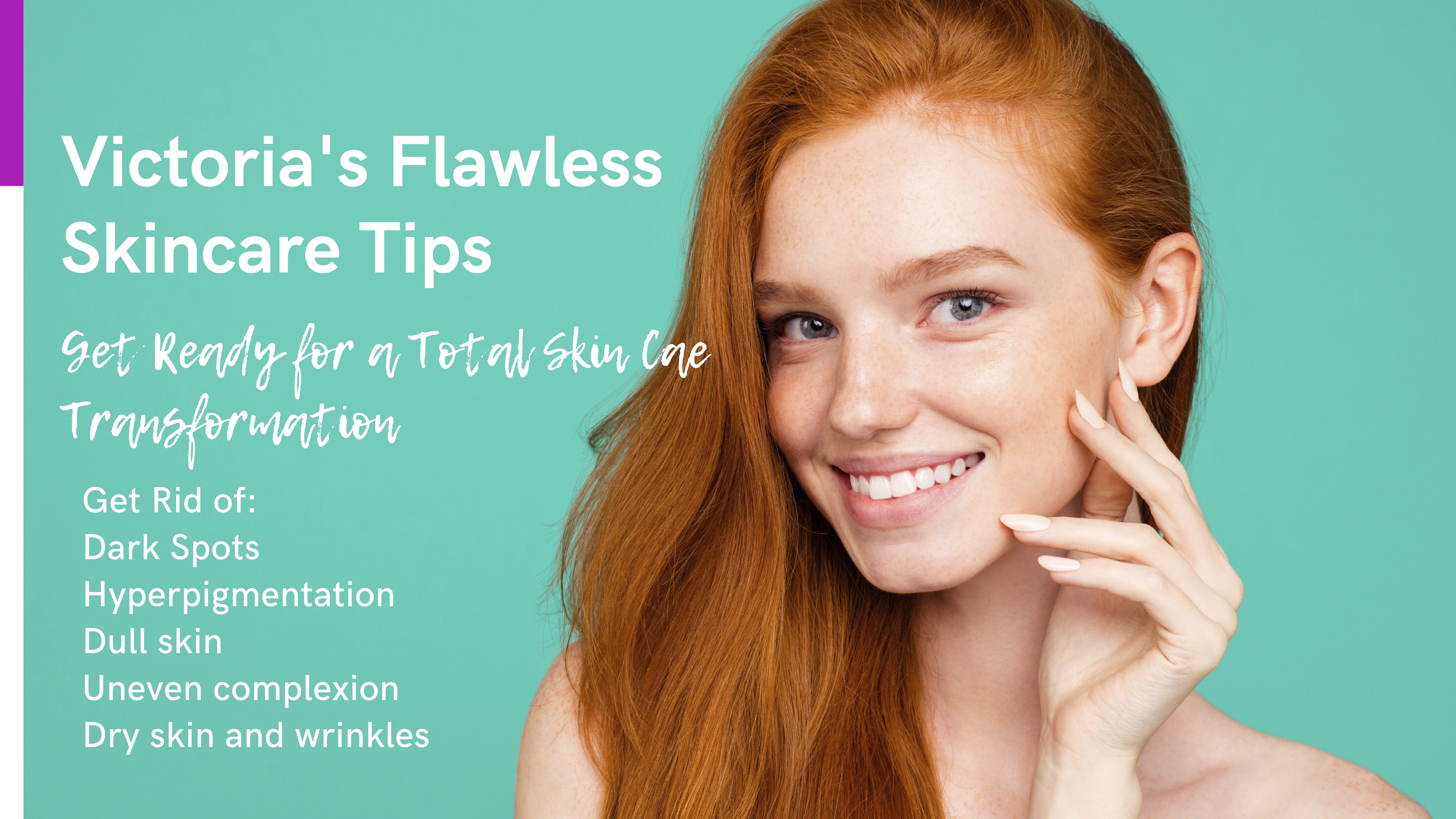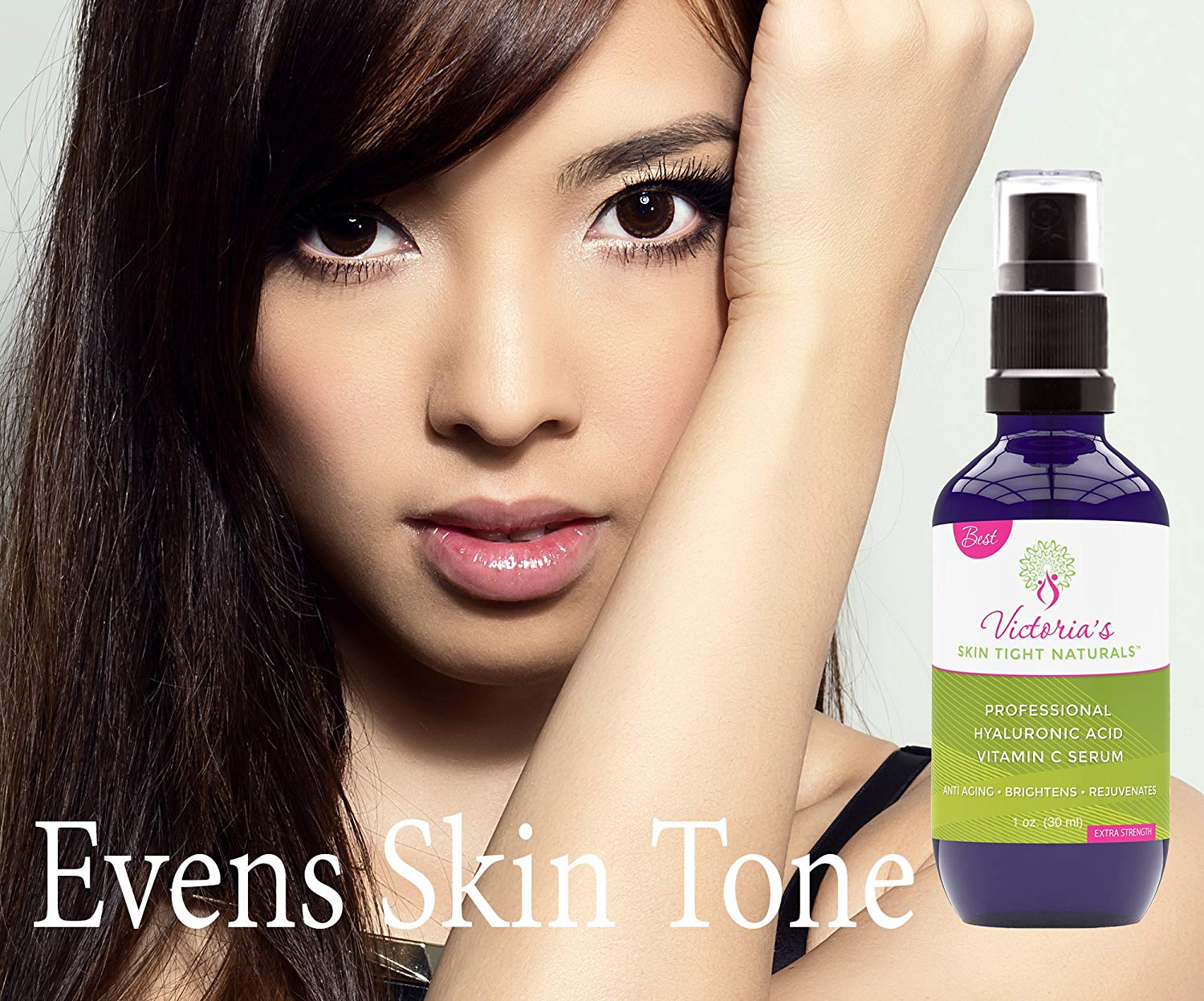Effective Ways To Get Rid Of Hyperpigmentation: Solutions And Treatments

Hyperpigmentation is a common skin concern that affects people of all skin types and tones. It manifests as dark spots, patches, or an uneven skin tone, often resulting from overproduction of melanin in certain areas of the skin. While it is not a harmful condition, it can be distressing for those seeking a more even complexion. Fortunately, there are several effective methods to reduce and even eliminate hyperpigmentation, ranging from topical treatments to advanced dermatological procedures.
Understanding the underlying causes of hyperpigmentation is crucial in finding the right solution. Factors such as sun exposure, hormonal changes, inflammation, and certain medications can trigger this condition. By addressing these root causes and implementing targeted treatments, individuals can achieve significant improvements in their skin's appearance. This article provides a comprehensive guide to the various options available for treating hyperpigmentation, empowering readers to make informed decisions about their skincare regimen.
Whether you are dealing with age spots, melasma, or post-inflammatory hyperpigmentation, this article covers a wide array of strategies to help you get rid of unwanted pigmentation. With the right approach, patience, and consistency, you can attain a clearer, more radiant complexion. Read on to explore the best practices and expert advice on how to get rid of hyperpigmentation effectively and safely.
Read also:Everything You Need To Know About Chet Holmgren Stats And Career
Table of Contents
- What Causes Hyperpigmentation?
- Types of Hyperpigmentation
- How Does Hyperpigmentation Affect Different Skin Tones?
- Topical Treatments for Hyperpigmentation
- Over-the-Counter Products
- Prescription Medications
- How to Get Rid of Hyperpigmentation Naturally?
- Home Remedies to Reduce Dark Spots
- Professional Treatments for Stubborn Hyperpigmentation
- Laser Therapy and Intense Pulsed Light
- Chemical Peels and Microdermabrasion
- Importance of Sun Protection
- Lifestyle Changes to Prevent Hyperpigmentation
- How to Choose the Right Treatment for Your Skin?
- FAQs About Hyperpigmentation
- Conclusion and Final Thoughts
What Causes Hyperpigmentation?
Hyperpigmentation occurs when there is an excess production of melanin in the skin, leading to darkened areas. This condition can be triggered by a variety of factors, including:
- Sun Exposure: Ultraviolet (UV) rays from the sun can increase melanin production, leading to sunspots or freckles.
- Hormonal Changes: Conditions such as melasma are often linked to hormonal fluctuations, particularly during pregnancy or due to birth control pills.
- Inflammation: Post-inflammatory hyperpigmentation can occur following skin injuries such as acne or eczema.
- Medications: Certain drugs, including chemotherapy medications, can cause hyperpigmentation as a side effect.
- Genetics: Some individuals may be genetically predisposed to developing hyperpigmentation.
Types of Hyperpigmentation
There are several types of hyperpigmentation, each with unique characteristics and treatment approaches:
- Melasma: Often referred to as the "mask of pregnancy," melasma is characterized by large patches of darkened skin, primarily on the face.
- Sunspots: Also known as solar lentigines, these are small, dark spots caused by prolonged sun exposure.
- Post-inflammatory Hyperpigmentation (PIH): This type occurs after an injury or inflammation to the skin, such as acne.
How Does Hyperpigmentation Affect Different Skin Tones?
Hyperpigmentation can affect individuals differently depending on their skin tone. For instance, people with darker skin tones may experience more pronounced dark spots due to higher melanin levels. Conversely, those with lighter skin may notice more subtle changes. Understanding these differences is crucial for selecting appropriate treatments and preventing further pigmentation issues.
Topical Treatments for Hyperpigmentation
Topical treatments are often the first line of defense against hyperpigmentation. These products work by inhibiting melanin production or promoting skin cell turnover. Some popular options include:
Over-the-Counter Products
Many OTC products contain active ingredients that target hyperpigmentation, such as:
- Hydroquinone: A skin-lightening agent that decreases melanin production.
- Retinoids: Vitamin A derivatives that promote cell turnover and reduce dark spots.
- Vitamin C: An antioxidant that brightens the skin and evens out the complexion.
- Niacinamide: A form of vitamin B3 that helps reduce inflammation and lighten hyperpigmented areas.
Prescription Medications
For more severe cases of hyperpigmentation, dermatologists may prescribe stronger medications, such as:
Read also:How To Make The Most Of Hertz Rental For Your Next Trip
- Tretinoin: A potent retinoid that accelerates skin cell turnover.
- Corticosteroids: Often used in combination with other treatments to reduce inflammation.
- Azelaic Acid: An anti-inflammatory agent that helps to even out skin tone.
How to Get Rid of Hyperpigmentation Naturally?
For those seeking natural remedies to address hyperpigmentation, several options can be effective:
Home Remedies to Reduce Dark Spots
Some natural ingredients known for their skin-brightening properties include:
- Aloe Vera: Contains aloin, a natural depigmenting compound that can lighten dark spots.
- Green Tea Extract: Rich in antioxidants, it helps reduce inflammation and pigmentation.
- Licorice Extract: Contains glabridin, which inhibits melanin production.
Professional Treatments for Stubborn Hyperpigmentation
For more stubborn cases, professional treatments may be necessary. These procedures are performed by dermatologists or skincare professionals and include:
Laser Therapy and Intense Pulsed Light
Laser treatments target melanin in the skin, breaking it down and reducing hyperpigmentation. Intense pulsed light (IPL) works similarly but uses broad-spectrum light to target pigmentation.
Chemical Peels and Microdermabrasion
These exfoliating treatments remove the top layer of skin, promoting the growth of new, evenly pigmented skin cells. Chemical peels use acids to achieve this effect, while microdermabrasion employs a mechanical exfoliating technique.
Importance of Sun Protection
Preventing further hyperpigmentation requires diligent sun protection. Ultraviolet rays can exacerbate existing pigmentation and trigger new spots. Key sun protection measures include:
- Using a Broad-Spectrum Sunscreen: Apply daily, even on cloudy days, to protect against both UVA and UVB rays.
- Wearing Protective Clothing: Hats, sunglasses, and long sleeves can shield skin from direct sunlight.
- Seeking Shade: Avoid sun exposure during peak hours, typically between 10 a.m. and 4 p.m.
Lifestyle Changes to Prevent Hyperpigmentation
In addition to treatments, certain lifestyle changes can help prevent hyperpigmentation:
- Maintaining a Healthy Diet: Eating foods rich in antioxidants, such as fruits and vegetables, can support skin health.
- Staying Hydrated: Drinking plenty of water helps maintain overall skin hydration and health.
- Avoiding Picking or Scratching: Minimizing skin trauma reduces the risk of post-inflammatory hyperpigmentation.
How to Choose the Right Treatment for Your Skin?
Selecting the appropriate treatment for hyperpigmentation depends on several factors, including skin type, the severity of pigmentation, and individual preferences. Consulting with a dermatologist can provide personalized recommendations and ensure the chosen treatment is safe and effective.
FAQs About Hyperpigmentation
- What is the fastest way to get rid of hyperpigmentation?
Professional treatments like laser therapy or chemical peels often provide quicker results compared to topical treatments.
- Can hyperpigmentation be permanent?
While some cases of hyperpigmentation may fade over time, others can persist without treatment. Early intervention often yields the best results.
- Is it safe to use hydroquinone for hyperpigmentation?
Yes, when used as directed by a healthcare professional, hydroquinone is considered safe for reducing hyperpigmentation.
- Do natural remedies work for hyperpigmentation?
Many people find success with natural remedies, although results may take longer to achieve compared to clinical treatments.
- Can hyperpigmentation occur without sun exposure?
Yes, factors like hormonal changes and skin injuries can cause hyperpigmentation independent of sun exposure.
- How long does it take to see results from hyperpigmentation treatments?
Depending on the treatment, noticeable improvements can take anywhere from a few weeks to several months.
Conclusion and Final Thoughts
Hyperpigmentation is a manageable skin condition with a variety of treatment options available to suit different needs and preferences. By understanding the causes and types of hyperpigmentation, individuals can select effective methods to reduce or eliminate dark spots and achieve a more even skin tone. Whether opting for over-the-counter products, professional treatments, or natural remedies, consistency and patience are key to achieving the desired results. Additionally, preventive measures like sun protection and a healthy lifestyle play an essential role in maintaining clear, radiant skin. With the right approach and guidance, it is possible to successfully manage hyperpigmentation and enhance your skin's natural beauty.
Article Recommendations

